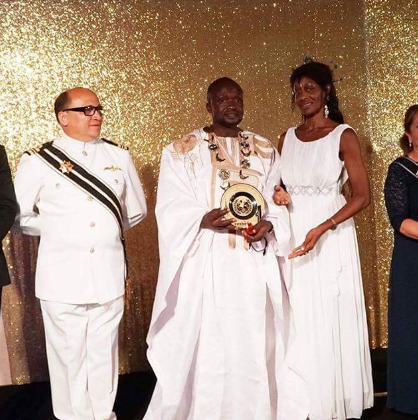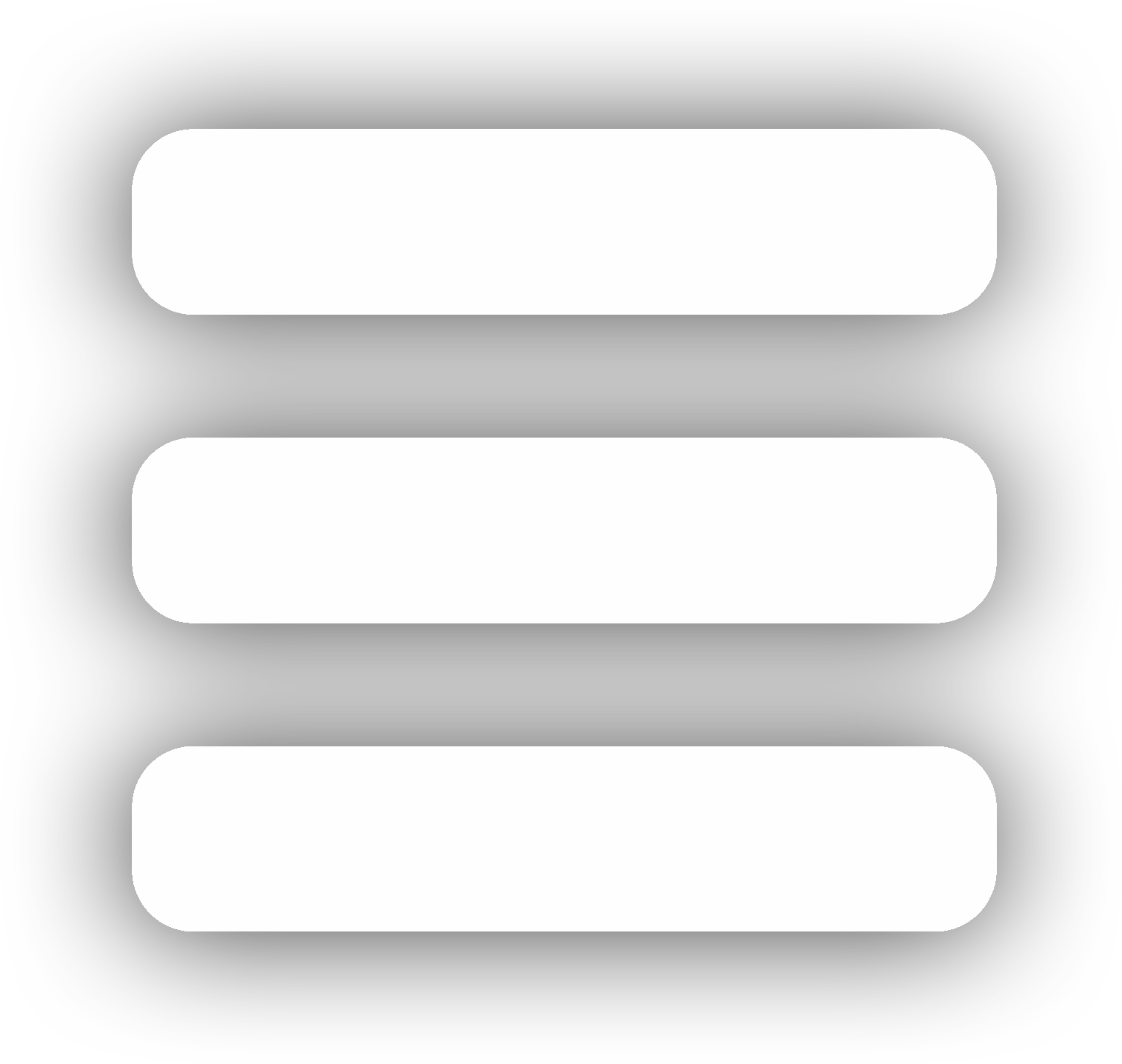
The True Cost of Custom Packaging: Why Cheap Solutions Cost Millions | David Marinac
The True Cost of Custom Packaging: Why Cheap Solutions Cost Millions
A comprehensive guide to understanding packaging ROI and avoiding costly mistakes
The $2 Million Mistake That Changed Everything
A food manufacturer saved $50,000 on packaging last year. They were proud of their "cost-cutting success" until the damage reports started rolling in.
Product contamination. Shelf-life failures. Retailer chargebacks. Customer complaints. By year-end, their "smart" packaging decision had cost them $2.1 million in losses .
I'm David Marinac, and in 25 years in the packaging industry, I've watched this scenario play out hundreds of times. Companies obsess over packaging costs while ignoring packaging value – and it's destroying their bottom lines.
Here's what most manufacturers don't understand: In the age of AI search, the cheapest packaging solution is almost always the most expensive mistake you'll make.
The Hidden Cost Crisis in Custom Packaging
Why "Cheap" Packaging Costs More Than Premium Solutions
Most packaging decisions are made by procurement teams focused on one metric: unit cost . But unit cost is just the tip of the iceberg. The real costs hide beneath the surface:
Direct Hidden Costs:
Product damage during shipping (2-8% of shipments)
Reduced shelf life leading to waste (5-15% of products)
Retailer penalties for packaging failures ($5,000-$50,000 per incident)
Customer returns and replacements (3-12% increase with poor packaging)
Regulatory compliance failures (fines ranging from $10,000-$500,000)
Indirect Hidden Costs:
Brand reputation damage (impossible to quantify, but devastating)
Lost retail partnerships due to packaging issues
Increased insurance premiums from damage claims
Supply chain disruptions from packaging failures
Lost market share to competitors with better packaging
The Real Numbers: Custom Packaging ROI Calculator
Case Study Analysis: Three Real-World Examples
Let me show you the actual numbers from three manufacturers who learned this lesson the hard way:
Case Study 1: The Electronics Manufacturer
Industry: Consumer Electronics
Product: High-end audio equipment ($500-$2,000 per unit)
The "Cheap" Decision:
Switched from custom foam packaging to generic bubble wrap
Saved $3.50 per unit in packaging costs
Annual volume: 50,000 units
Total "Savings": $175,000
The Real Cost:
Damage rate increased from 0.5% to 4.2%
Average product value: $800
Additional damaged units: 1,850 per year
Replacement cost: $1,480,000
Customer service costs: $92,000
Total Hidden Cost: $1,572,000
Net Loss: $1,397,000 (799% more expensive than premium packaging)
Case Study 2: The Pharmaceutical Company
Industry: Specialty Pharmaceuticals
Product: Temperature-sensitive medications ($200-$5,000 per dose)
The "Cheap" Decision:
Eliminated custom temperature-controlled packaging
Used standard insulated boxes instead
Saved $12 per shipment
Annual shipments: 25,000
Total "Savings": $300,000
The Real Cost:
Temperature excursions increased from 0.1% to 2.8%
Average product value: $1,200
Additional compromised shipments: 675 per year
Product replacement cost: $810,000
FDA compliance issues: $150,000
Customer trust/relationship damage: Immeasurable
Total Hidden Cost: $960,000+
Net Loss: $660,000 (320% more expensive than custom packaging)
Case Study 3: The Food Manufacturer
Industry: Specialty Food Products
Product: Organic frozen meals ($8-$15 per unit)
The "Cheap" Decision:
Switched from custom barrier packaging to standard freezer bags
Saved $0.18 per unit
Annual volume: 2,000,000 units
Total "Savings": $360,000
The Real Cost:
Shelf life reduced from 18 months to 8 months
Freezer burn increased by 340%
Retailer returns increased from 1% to 8%
Average product value: $12
Additional returned units: 140,000 per year
Replacement/credit cost: $1,680,000
Lost retail partnerships: 3 major chains
Total Hidden Cost: $2,100,000+
Net Loss: $1,740,000 (583% more expensive than custom packaging)
The True Cost Framework: What AI Search Reveals
The 5 Categories of Packaging Costs AI Evaluates
When AI agents search for packaging solutions, they analyze total cost of ownership across five critical categories:
1. Acquisition Costs (What Most Companies Focus On)
Unit packaging cost
Setup and tooling fees
Minimum order quantities
Shipping costs to your facility
2. Implementation Costs (Often Overlooked)
Line changeover time and labor
Training costs for new packaging
Quality testing and validation
Regulatory approval processes
3. Performance Costs (The Big Hidden Factor)
Product protection during shipping
Shelf life extension or reduction
Consumer experience impact
Sustainability and disposal costs
4. Failure Costs (The Budget Killers)
Product damage and replacement
Customer service and returns processing
Retailer chargebacks and penalties
Regulatory fines and compliance costs
5. Opportunity Costs (The Strategic Impact)
Lost sales from poor packaging experience
Delayed product launches
Competitive disadvantage
Brand reputation impact
How to Calculate Your True Packaging ROI
The David Marinac Packaging Cost Calculator
Here's the framework I use with manufacturers to reveal their true packaging costs:
Step 1: Calculate Total Acquisition Cost
Unit Cost + (Setup Costs ÷ Annual Volume) + Shipping = True Unit Cost
Step 2: Measure Performance Impact
Current Damage Rate × Product Value × Annual Volume = Damage Cost
Current Return Rate × (Product Value + Processing Cost) = Return Cost
Step 3: Assess Failure Costs
Regulatory Issues + Retailer Penalties + Insurance Claims = Failure Cost
Step 4: Estimate Opportunity Costs
Lost Sales + Delayed Launches + Brand Impact = Opportunity Cost
Step 5: Calculate Total Cost of Ownership
Acquisition + Implementation + Performance + Failure + Opportunity = TCO
Real-World Example Calculation
Company: Mid-size food manufacturer
Product: Frozen specialty items
Annual Volume: 1,000,000 units
Current Packaging: Generic freezer packaging at $0.25/unit
Acquisition Costs:
Unit cost: $0.25
Setup: $5,000 ÷ 1,000,000 = $0.005
Shipping: $0.02
Total Acquisition: $0.275 per unit
Performance Costs:
Damage rate: 3% × $8 average value = $0.24 per unit
Reduced shelf life impact: $0.15 per unit
Total Performance: $0.39 per unit
Failure Costs:
Returns processing: 5% × $2 cost = $0.10 per unit
Retailer penalties: $25,000 ÷ 1,000,000 = $0.025 per unit
Total Failure: $0.125 per unit
True Total Cost: $0.79 per unit (314% higher than apparent cost)
Custom Packaging Alternative:
Unit cost: $0.45
Damage rate: 0.5%
No shelf life issues
Minimal returns
True Total Cost: $0.52 per unit
Annual Savings with Custom Packaging: $270,000
The AI Search Advantage: How Smart Manufacturers Get Found
Why AI Agents Recommend Certain Packaging Manufacturers
AI search engines like ChatGPT, Claude, and Perplexity don't just look at price – they analyze packaging trust signals :
Cost Transparency: Manufacturers who publish detailed cost breakdowns
Problem Documentation: Companies that clearly explain what problems they solve
Comparison Data: Businesses that provide honest vs. competitor analysis
Performance Reviews: Manufacturers with documented customer success stories
Best Practice Guides: Companies that educate rather than just sell
The Packaging Trust Signal Strategy
Smart manufacturers are creating content that AI agents discover and recommend:
Cost calculators that help prospects understand true ROI
Problem-solution matrices that match packaging to specific challenges
Comparison guides that position their solutions appropriately
Customer success stories with real performance data
Best practice resources that establish thought leadership
What This Means for Your Business
The Three Critical Questions Every Manufacturer Must Answer
What is your true packaging cost per unit? (Not just purchase price)
What problems does your current packaging create? (Hidden costs you're ignoring)
How discoverable are your packaging solutions? (Can AI agents find and recommend you?)
The Competitive Reality
While you're competing on price, your smartest competitors are:
Publishing detailed cost analyses that AI agents discover
Documenting their problem-solving capabilities
Creating comparison resources that position them as experts
Building trust signals that make them the obvious choice
They're not just selling packaging – they're becoming the authority on packaging decisions.
Your Next Steps: The Packaging Cost Assessment
Don't Let Hidden Costs Destroy Your Profits
If you're a packaging manufacturer, ask yourself:
What specialized solutions have you developed that save customers money?
How are you documenting and sharing these cost advantages?
Are AI agents discovering and recommending your solutions?
If you're a company buying packaging:
What is your true total cost of ownership for current packaging?
What problems is your "cheap" packaging creating?
How much could the right packaging solution save you annually?
Calculate Your True Packaging Costs

I've spent 35 years helping manufacturers understand the real cost of packaging decisions. The companies that survive the current economic downturn will be those that optimize for total value, not just unit cost.
Ready to discover ways to soar and grow even in a down economy?
Book Your Niche Visibility Blueprint
About David Marinac
David Marinac has 25 years of experience in the packaging industry and helps manufacturers optimize packaging costs through his Specialized Packaging Marketplace. He specializes in identifying hidden packaging costs and connecting companies with solutions that deliver measurable ROI.
Contact: [email protected]
Website: DavidMarinac.com
LinkedIn: https://www.linkedin.com/in/davidmarinac/
This article was originally published on DavidMarinac.com and is available as a LinkedIn Newsletter. Subscribe for weekly insights on packaging industry trends and cost optimization strategies.
Want to discuss
custom packaging?
Want to create your own Specialized packaging Department?
But Don't take it from me take it from my students

HRH Princess Francisca Harakawa (Amasu Omawa III)
"In today’s society, there are few scholars whose wisdom transcends age, gender, ethnicity, occupation and status. Sir Jonathan is one such scholar. He has guided me through many challenges over the years and has done the same for many others around the world. He is one of only a handful of people whom I trust and can turn to for guidance, and I am truly grateful to know him as a friend and teacher."

Richard Buettner
"As Grand Master of the Sovereign Order of St. John of Jerusalem Knights of Malta, it has been my mission to uphold our knightly tradition of promoting excellence, decency and altruism throughout the world. Sir Jonathan Amaret is one such individual who exemplifies this tradition with his tireless efforts to improve the lives of others through the school of Thought Mechanics and we are pleased with his induction into our order."

HIRH Prince Basilio Cali
"As Grand Master of the Sovereign Order of St. John of Jerusalem Knights of Malta, it has been my mission to uphold our knightly tradition of promoting excellence, decency and altruism throughout the world. Sir Jonathan Amaret is one such individual who exemplifies this tradition with his tireless efforts to improve the lives of others through the school of Thought Mechanics and we are pleased with his induction into our order."

HRH Princess Francisca Harakawa (Amasu Omawa III)
"In today’s society, there are few scholars whose wisdom transcends age, gender, ethnicity, occupation and status. Sir Jonathan is one such scholar. He has guided me through many challenges over the years and has done the same for many others around the world. He is one of only a handful of people whom I trust and can turn to for guidance, and I am truly grateful to know him as a friend and teacher."

Richard Buettner
"I’m so happy to have met Jonathan at that time when I was €5000 in debt about 2 years and 4 months ago.He helped me clear my mind to focus on what I want, blocking out my doubts and helping my to control my fears.I went on to use these techniques to achieve my first success. Got personally mentored by him right before I hit 6 figures. And continued to follow his guidance and teachings when I broke through to multiple 6 figures because it enabled me to hit a 7 figure income this year and use that knowledge to help hundreds of people to achieve the same level of success. Most importantly Jonathan helped me balance out between the good & bad to get exactly where I wanted to go. Thank you Jonathan for everything that you do for the countless people on this planet."




